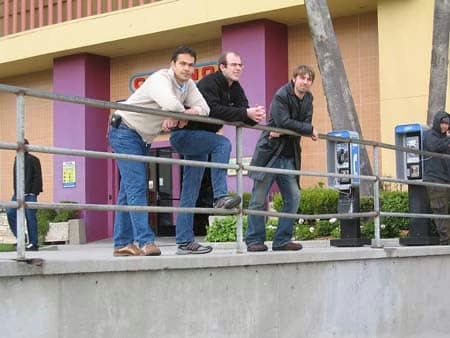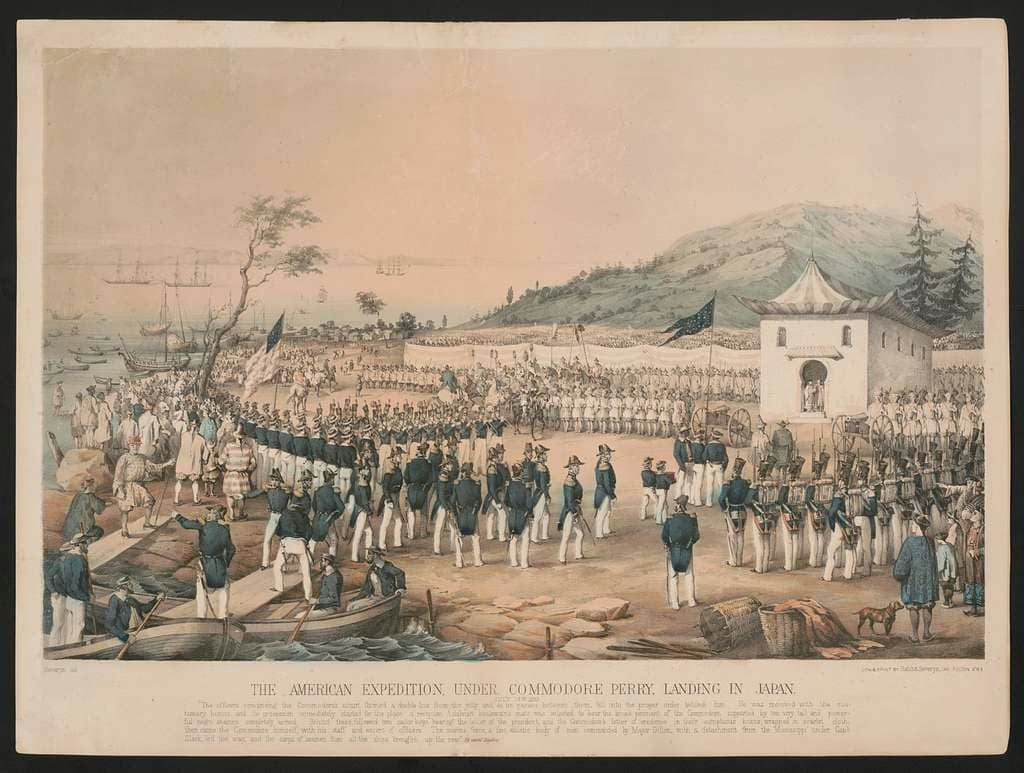Why old rituals won’t protect you—and how to outgrow your sword worship.
Imagine a world shaped by discipline, etiquette, and generations of refined mastery. The Japanese Samurai culture—synonymous with loyalty, precision, and the art of the sword—was a beacon of excellence.
Even in peacetime, sword practice continued. No longer out of necessity, but as ritual. As beauty. As identity.
Then came the steamships.
In 1853, the U.S. fleet under Commodore Perry anchored off the coast of Japan. Black, steam-powered vessels, armed to the teeth. The Samurai stood tall—noble, traditional… and helpless. Their swords were useless against cannons. Their rituals suddenly seemed frozen in time.
What does this have to do with your organization? More than you’d think.
Companies often take pride in their culture—and rightly so. The practices and principles that once drove their success are maintained, celebrated, even revered.
But like the Samurai, that pride can become a trap.
Success preserves rituals. But when context changes, excellence becomes inertia.
Samurai Rituals in Today’s Companies: Three Forms of Organizational Past
There are 3 basic forms in which corporate rituals exist:
1. Cargo Cult Rituals: Imitating Form Without Function
The term “cargo cult” refers to post-WWII islanders who mimicked the form of military infrastructure—runways, towers, flag waving—hoping it would summon the same cargo drops from the sky. But without understanding the function, nothing happened.
Modern businesses do the same with agile frameworks.
- Calling tasks “user stories” with no user or story.
- Holding “standups” that are really just status updates.
- Moving sticky notes without iterating or learning.
The structure is there. The meaning isn’t.
2. Formerly Functional Practices: Once Useful, Now Blocking
Working with a financial services client, I saw an elaborate requirements-gathering process—multiple handovers, versions, reviews. My first reaction: Too slow. Not agile!
But I held back. Observed. Understood. (Read Slow Down to Speed Up: Why Observation is the Secret Weapon of Successful Agile Coaching)
Three weeks later, I realized: the complexity was tied to regulatory demands. Auditability. Certifications. What seemed inefficient had a purpose.
Had I rushed in with a “better” process, I would’ve broken the system.
True improvement came only after understanding—and respecting—the constraints.
3. Still-Useful Rituals: Not All That’s Old Should Die
Some rituals endure for good reason: quality assurance loops, robust onboarding, knowledge-sharing sessions. These don’t need disruption—they need recognition.
The art lies in discerning: What’s a sword—and what’s a statue?
How to Spot a Samurai Culture
You might be in one if…
- Time is equated with productivity. A relic from factory floors—where physical presence meant output. In knowledge work, it’s often the opposite.
- Decisions remain top-down. Taylorism’s legacy: Managers think, workers do. In today’s world, siloed thinking is a liability.
- Efficiency is worshipped, even when making the wrong thing. You can’t optimize your way out of irrelevance. Responsiveness trumps rigidity.
- Internal ideas get ignored—until a consultant says them. I’ve seen brilliant suggestions buried because they came from insiders. Only to be applauded when repeated by external voices.
The Deeper Root: Emotional Attachment to Past Success
Why is letting go so hard?
Because the rituals once worked. They gave safety. Identity. Control.
They weren’t wrong or bad, but they were for a different time and context. It’s the curse of past success. It’s human to not want to let these rituals go.
One key to helping clients let go is emotional constructivism: We don’t experience reality directly—we construct it based on memory, meaning, and emotion. When people resist change, it’s rarely about logic—it’s grief. Letting go of what once made them proud.
Only when we honor the past can people embrace the future.
And then we can help them see different ways of doing things. We can broaden their view and help them climb the five levels of emotional constructivism. That’s the key to really bringing change about.
I teach emotional constructivism and other techniques as part of my ACE program:
Real-World Parallel: Telcos in the Streaming Era
In 2004, I worked with telecom companies in Silicon Valley. New packet-switching technology allowed massive data transfer—opening the door to streaming services. (see also Predicting the Future: Lessons from the Video Streaming Industry and Beyond)
We advised clients: This is your moment. Build value-added services like video streaming. Don’t become just a pipeline.
The response: We do phone calls. We’re not media companies.
Today, Netflix & Co dominate. Telcos are high-speed pipelines—optimized, commoditized, replaceable. Perfectly efficient. Entirely bypassed.

Reflection Prompts for Leaders
To diagnose your own culture, ask:
- What practices feel “just normal”—but go unquestioned?
- How do we measure performance? Does it reflect actual value?
- What internal proposals were dismissed? Why?
- Where do we optimize processes we don’t fully understand?
- Which processes, roles, or values come from a context that no longer exists?
The New Code of Honor: Context Awareness
The Samurai weren’t fools. They were brilliant—in their context.
But their downfall was failing to see the context had changed. Their swords weren’t wrong—they were just obsolete.
Your organization isn’t outdated either. But it might be context-blind.
The steamships are already on the horizon. Not to destroy—but to invite you aboard.
A really agile organization adapts to an ever-changing context continuously.
Final Thought
Which of your rituals is still a weapon—and which is just a prop?
If you can answer that, you’re ready to avoid a Samurai’s fate.

